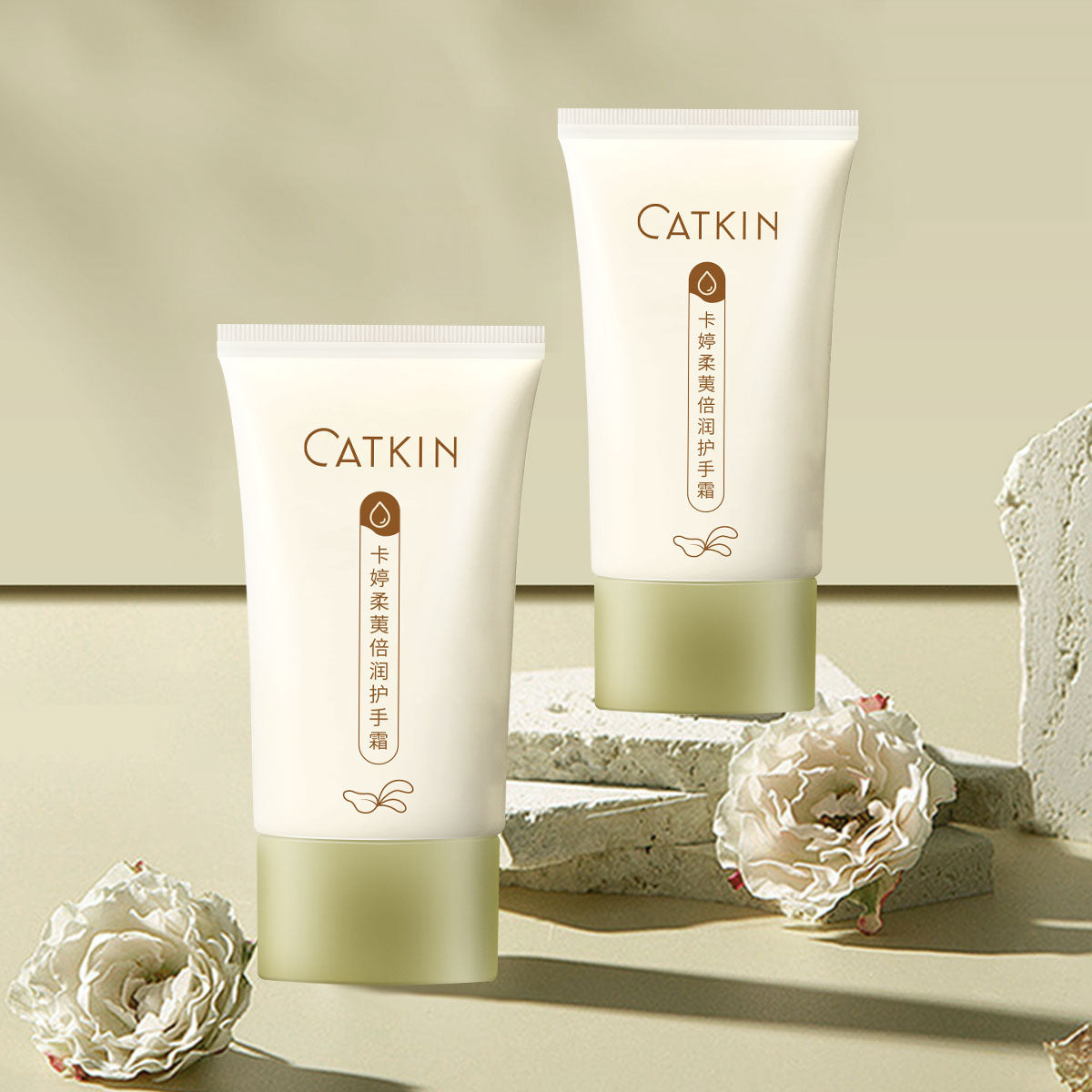
How to Determine Your Skin Type
Determining your skin type is a fundamental step in establishing an effective skincare routine tailored to your unique needs. With the right approach, you can learn to identify your skin type, adjust your skincare products accordingly, and even make better choices when it comes to beauty and makeup. Let’s dive into a step-by-step guide on how to determine your skin type and care for it properly.
Understanding the Different Skin Types
Most dermatologists and skincare professionals classify skin types into five main categories:
- Normal: Well-balanced skin with few imperfections, not too oily or too dry.
- Oily: Skin that produces excessive oil, often shiny with visible pores and prone to acne.
- Dry: Skin that feels tight or flaky, with fine pores and a matte appearance.
- Combination: Skin that has both oily and dry areas, often oily on the T-zone (forehead, nose, and chin) and dry on the cheeks.
- Sensitive: Skin that reacts easily to products, weather, or stress, often experiencing redness, irritation, or dryness.
Knowing your skin type can help you choose the right products and avoid unnecessary skin issues. But how do you determine your specific type?
Step 1: Perform a Bare-Faced Test
One of the simplest ways to identify your skin type is by performing a bare-faced test. Here’s how to do it:
- Wash Your Face: Start by cleansing your face with a mild, gentle cleanser. This will remove any makeup, dirt, or oil from the surface.
- Pat Dry: Use a clean towel to gently pat your face dry, avoiding any scrubbing motions.
- Leave Your Skin Bare: Avoid applying any skincare products, and let your skin sit for at least an hour. This allows it to return to its natural state without any external influence.
After an hour, examine how your skin feels and looks.
- If it feels tight or shows signs of flakiness, you likely have dry skin.
- If it appears shiny and feels greasy to the touch, especially in the T-zone, you probably have oily skin.
- If only certain areas (usually the T-zone) feel oily while others are dry or normal, you likely have combination skin.
- If your skin feels comfortable, not overly oily or dry, and has an even tone, you may have normal skin.
- If you experience redness, itching, or any sensitivity, you might have sensitive skin.
Step 2: Try the Blotting Sheet Test
The blotting sheet test is another easy method for determining your skin type. Here’s how to do it:
- Wait at Least 3–4 Hours After Cleansing: Similar to the bare-faced test, cleanse your face and wait a few hours for your skin to return to its natural state.
- Press a Blotting Sheet on Different Areas of Your Face: Take a blotting sheet or tissue and gently press it on different sections of your face, such as the forehead, nose, chin, and cheeks.
-
Examine the Sheet for Oil: Check how much oil appears on the blotting sheet:
- If there’s little to no oil on the sheet, you have dry skin.
- If the sheet is soaked with oil from all areas of your face, you have oily skin.
- If only your T-zone shows oil while other areas stay dry, you have combination skin.
- If the blotting sheet shows moderate oil but not excessive, you may have normal skin.
- If your skin becomes red or irritated during the process, it may indicate sensitive skin.
Step 3: Identify Patterns Over Time
While tests like the bare-faced or blotting sheet methods are helpful, observing how your skin behaves in different situations can provide a more thorough understanding. Pay attention to these factors over a few weeks:
- Weather Conditions: Your skin type may shift with the seasons. For example, many people experience drier skin in winter and oilier skin in summer.
- Response to Products: If your skin reacts strongly to certain ingredients (like fragrance or alcohol), you might have sensitive skin. Normal skin is generally less reactive.
- After Exercising: Notice how your skin feels post-workout. If it’s very shiny or prone to breakouts after sweating, this might indicate oily skin.
Tailoring Your Skincare Routine to Your Skin Type
Once you know your skin type, you can start choosing products that address your skin's specific needs. Here’s a quick overview of how to care for each skin type:
Normal Skin
- Best Ingredients: Look for products with hyaluronic acid, glycerin, and antioxidants.
- Skincare Routine: A balanced routine that includes a gentle cleanser, a hydrating moisturizer, and a broad-spectrum SPF. You can also use lightweight serums for additional benefits.
Oily Skin
- Best Ingredients: Choose products with salicylic acid, tea tree oil, and niacinamide to help control oil.
- Skincare Routine: Use a foaming or gel cleanser, an oil-free moisturizer, and a clay-based mask weekly to reduce excess oil. Non-comedogenic products are a must to avoid clogging pores.
Dry Skin
- Best Ingredients: Look for ingredients like hyaluronic acid, ceramides, and shea butter to lock in moisture.
- Skincare Routine: Use a creamy, non-foaming cleanser, a rich moisturizer, and avoid over-washing. Adding a hydrating serum and applying an overnight mask can also boost hydration.
Combination Skin
- Best Ingredients: Look for balancing ingredients like niacinamide and gentle exfoliants.
- Skincare Routine: Use a gentle, non-foaming cleanser, a lightweight moisturizer, and consider spot-treating oily areas with products designed for oily skin. Avoid heavy creams that can clog pores.
Sensitive Skin
- Best Ingredients: Choose products with soothing ingredients like aloe vera, chamomile, and colloidal oatmeal.
- Skincare Routine: Use fragrance-free, hypoallergenic products. Opt for a gentle, sulfate-free cleanser and a calming moisturizer. Patch test new products to prevent potential reactions.
Tips for All Skin Types
- Stay Hydrated: Regardless of your skin type, drinking water helps keep your skin healthy and glowing.
- Use Sunscreen Daily: Protect your skin from UV damage by applying SPF 30 or higher every day.
- Exfoliate Weekly: Exfoliation removes dead skin cells, but frequency and type should match your skin type. Sensitive and dry skin types should avoid harsh exfoliants.
Determining your skin type is a foundational step toward building a skincare routine that helps you achieve healthy, glowing skin. Through simple tests like the bare-faced and blotting sheet methods, you can identify your skin’s unique needs and select products that suit you best. Keep in mind that skin changes with age, seasons, and other factors, so reassessing your skin type periodically can ensure that your skincare remains effective. By understanding your skin, you’ll be able to take control of your skincare journey and give your skin exactly what it needs.






